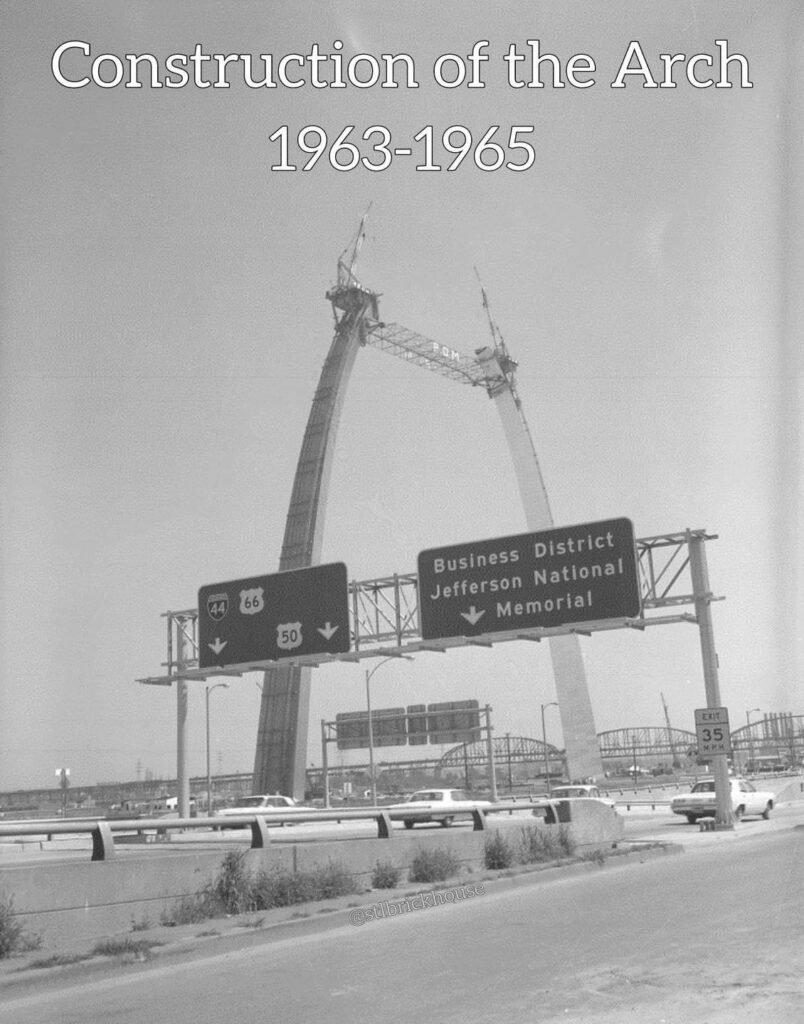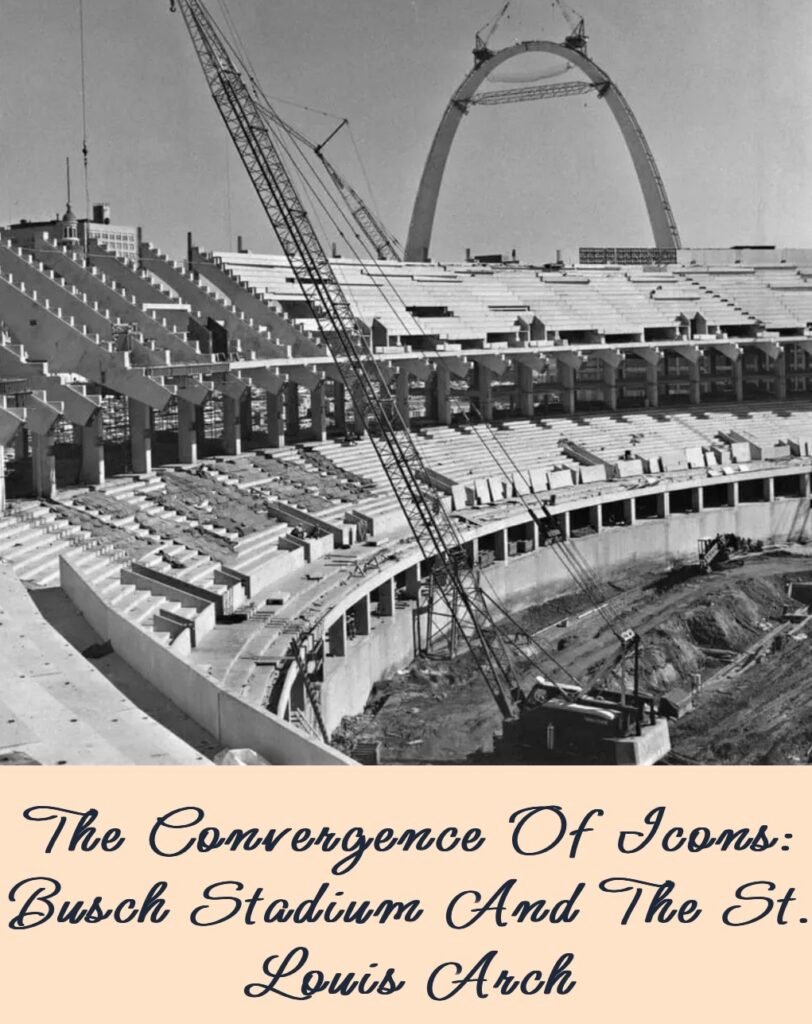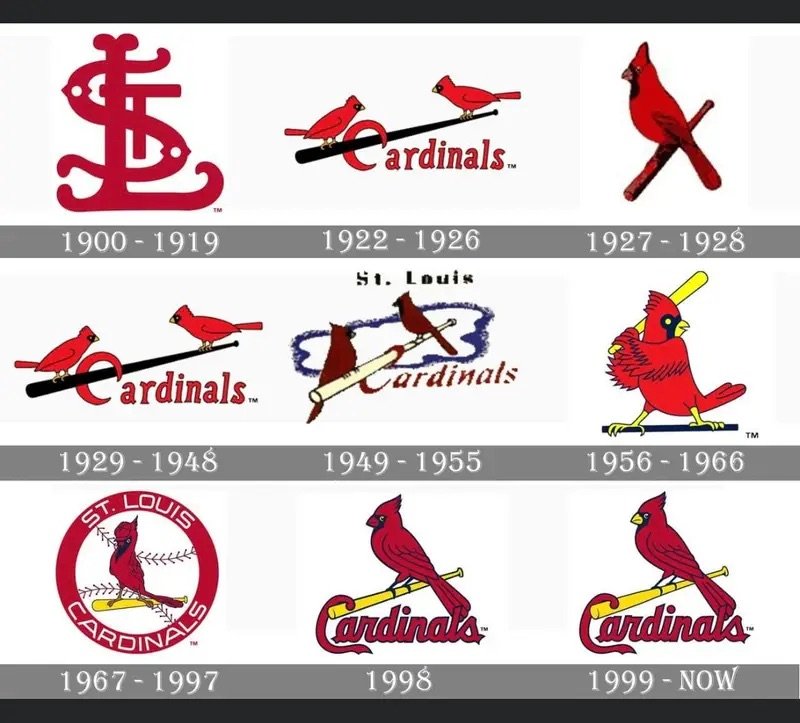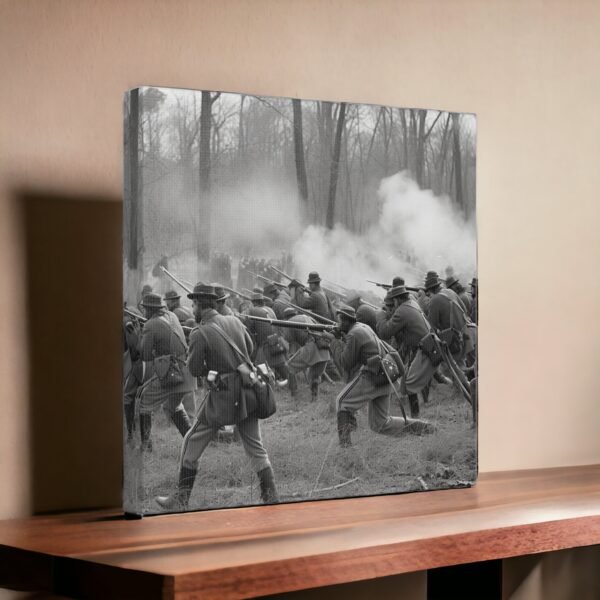
The Vision Behind the Arch
When you think of St. Louis, one image likely springs to mind—the majestic Gateway Arch. Standing tall at 630 feet, it’s an unmistakable symbol of the city and the spirit of American westward expansion. But before it became the iconic monument we know today, the Arch was just an idea—a vision brought to life by an ambitious architect and a determined city.
The Gateway Arch was conceived as part of a larger effort to revitalize the St. Louis riverfront and commemorate the city’s role in American history. The Arch would not only represent the westward journey of pioneers but also mark the city’s transformation into a modern hub. It was a bold idea, and turning that idea into a reality between 1963 and 1965 was nothing short of monumental.
The story of the Arch’s construction is one of determination, engineering ingenuity, and overcoming challenges. From its initial design to the final stages of construction, the Arch is a testament to both human creativity and technological innovation. The next few sections will dive into the details of how this vision became a reality, highlighting the fascinating journey from concept to completion.

Before we explore the details of its construction, it’s worth noting that the Arch is just one of many iconic landmarks in St. Louis’s rich history. Its significance is intertwined with other local icons, like Busch Stadium, which also represents the city’s heritage and pride. Together, these structures tell the story of a city shaped by its past and looking forward to its future.
Let’s take a deeper look at how the idea for the Arch took root and the planning that went into making it one of the most recognized monuments in the world.
The Design and Planning Stage
The Gateway Arch wasn’t just an overnight concept—it took years of planning and the brilliant mind of Finnish-American architect Eero Saarinen to bring it to life. The journey began in the 1940s, when St. Louis leaders sought to revitalize their city and commemorate its historical importance as the “Gateway to the West.” It wasn’t until 1947, though, that a design competition was held to choose the perfect monument for the site, and that’s when Saarinen’s vision came into play.
Saarinen’s design for the Arch was unlike anything the judges had seen—a sleek, towering archway made of stainless steel, symbolizing the pioneering spirit of America’s westward expansion. While there were other impressive submissions, Saarinen’s minimalist and modern approach stood out. His design was elegant, bold, and perfectly fit the historical narrative St. Louis was trying to honor.
Winning the design competition was just the beginning. The planning stage stretched into the 1960s as engineers and architects worked to figure out how to build such a massive and unusual structure. Saarinen’s design, while breathtaking, posed significant engineering challenges. The Arch would stand 630 feet tall and be constructed in a way that hadn’t been attempted before—a free-standing, weighted catenary curve.

It took years of technical planning to determine how the Arch could be built safely and to scale. The precision required to ensure that the two legs of the Arch would meet perfectly at the top was nothing short of extraordinary. Every measurement, every weld had to be exact to prevent structural issues. This stage of planning was crucial to ensure the monument would not only be a visual masterpiece but also structurally sound for generations to come.
At the same time, the city of St. Louis was undergoing changes of its own. Other historical landmarks, such as Saint Louis Union Station, were reminders of the city’s rich past. The Gateway Arch was intended to become part of this legacy, standing as a symbol of both the past and the future. With the design set and the plans in place, the next phase would see this vision take shape.
Construction Begins: The Early Challenges of 1963
By 1963, after years of meticulous planning and engineering, construction on the Gateway Arch was ready to begin. But as with any monumental project, the path forward was anything but smooth. The construction of the Arch was a massive undertaking—both technically and financially. From the moment ground was broken, the project faced a series of challenges that could have derailed it at any point.
One of the first hurdles was funding. While the Arch was envisioned as a tribute to St. Louis’s role in American history, getting the necessary financial backing was no small feat. The federal government eventually provided a portion of the funds, but local support was essential as well. St. Louis civic leaders rallied to ensure that this dream wouldn’t falter due to a lack of resources.
Once the funding was secured, the engineering challenges became the next major focus. Constructing an arch of this magnitude was unprecedented. The Arch’s unique shape, known as a weighted catenary curve, meant that the two legs needed to rise separately and eventually meet at the top with absolute precision. There was no room for error. The alignment of the legs had to be exact; otherwise, the entire structure could fail. Engineers employed cutting-edge techniques, including the use of hydraulic jacks, to ensure that the two legs would converge perfectly.

In addition to the technical difficulties, construction workers had to contend with the unpredictable weather along the banks of the Mississippi River. Summer heat, wind, and occasional storms added another layer of complexity to an already difficult job. The workers, who scaled the towering steel sections, faced extreme conditions daily. But through determination and a relentless focus on safety, they pressed forward, section by section.
During this time, the city of St. Louis was evolving in other ways too. The construction of the Arch wasn’t the only significant development—local landmarks like Saint Louis Union Station were also playing an important role in shaping the city’s identity. While Union Station served as a hub for travel and commerce, the Arch was rising to become a symbol of St. Louis’s connection to the past and future.
The early stages of construction were marked by careful coordination and overcoming significant obstacles, but by the end of 1963, the Gateway Arch was well on its way to becoming a reality. The next phase of construction would push the limits of engineering as the Arch’s two legs continued to rise skyward, moving ever closer to their eventual union at the top.

The Engineering Marvel of the Arch’s Steel Frame
As the legs of the Gateway Arch began to rise in 1964, it became clear that this project wasn’t just a tribute to history—it was an engineering marvel. The precision required to ensure the legs met at the top without any misalignment was unprecedented. With each section of steel added, the stakes grew higher, literally and figuratively.
The Arch was made up of stainless steel triangular sections, each one carefully crafted to fit perfectly into place. These sections were lifted into the air and welded together with painstaking precision. The engineering team relied on hydraulic jacks to lift the sections, and each weld had to be flawless. Any mistake would compromise the entire structure. To give you an idea of just how intricate this was: even a slight temperature change could cause the steel to expand or contract, affecting the alignment of the legs.
As the legs inched closer together, workers faced dizzying heights and extreme conditions. They had to maneuver each section into place while suspended hundreds of feet in the air, all while battling wind and the elements. Safety was paramount, but the workers remained undeterred, driven by the historical significance of their work and the challenge of contributing to a once-in-a-lifetime project.
By 1964, the engineering feats required for the Arch were receiving national attention. The Arch was not only a symbol of St. Louis’s historical importance but also a demonstration of American ingenuity. It represented the cutting edge of engineering at the time, using techniques that hadn’t been tried on such a massive scale before.

The Arch’s construction wasn’t happening in isolation, either. It was part of a larger wave of development and modernization in St. Louis. Around this time, the city was also seeing growth in its infrastructure, including its highways. The precision and innovation required to build the Arch mirrored the evolution of the city’s roadways and signage systems, as explored in The Evolution of Highway Signs: A Journey Back to 1923. Both projects were symbolic of St. Louis’s forward-thinking approach to urban development.
By the end of 1964, the legs of the Arch were nearing their final height. The next challenge would be fitting the keystone—the piece that would lock the structure into place. But before that could happen, one of the greatest engineering tests of the project was about to begin: ensuring that both legs of the Arch, after months of construction, would align perfectly at the top.
The engineering marvel that was the Arch’s steel frame would soon become a symbol not just of St. Louis, but of American ambition and innovation. As 1965 approached, anticipation grew for the moment when the final piece would be placed and the Arch would stand tall as a completed monument.
Key Milestones During Construction (1964-1965)
As the construction of the Gateway Arch entered its final stages, the project was quickly approaching its most critical phase. Between 1964 and 1965, key milestones were achieved that would determine whether this ambitious structure could successfully come together as envisioned by architect Eero Saarinen and his team of engineers.
One of the most remarkable milestones came in 1964 when the two towering legs of the Arch began to rise higher and higher, inching closer together. At this point, the construction crew had to ensure that the alignment of the legs remained precise. Engineers worked meticulously to guarantee that both sides would eventually meet at the top, and as the gap between the two narrowed, every measurement became more crucial.
By mid-1965, the construction was nearing its climax—one of the most anticipated moments in American architectural history. The placement of the final keystone, the topmost section of the Arch, was scheduled. This keystone would lock the entire structure into place and complete the Arch’s iconic catenary curve. But even at this stage, there were challenges. Any temperature shifts or even a slight miscalculation in the height of the legs could cause alignment issues.

On October 28, 1965, the moment finally arrived. The keystone was carefully lifted and lowered into the small gap between the two legs of the Arch, locking them together and completing the structure. It was a moment of triumph not only for the workers on-site but for the entire city of St. Louis, which had watched the construction unfold over the previous two years.
As the final piece was secured, the Gateway Arch stood at its full height of 630 feet, towering over the Mississippi River and symbolizing the city’s pivotal role in America’s westward expansion. The public celebrated, and media outlets across the country marveled at the achievement. The Arch wasn’t just an engineering triumph; it was a cultural and historical milestone for St. Louis and the nation.
This period also saw other major events that shaped the identity of St. Louis. At the same time that the Arch was being completed, the city was experiencing a wave of development in both its cultural and infrastructural landscapes. Not far from the Arch, local landmarks like Saint Louis Union Station were thriving, representing the city’s rich past and its role as a major hub for travelers. Similarly, the convergence of the Arch and other iconic locations like Busch Stadium served as a reminder of how St. Louis had grown and adapted over the years.
As 1965 came to a close, the completion of the Gateway Arch wasn’t just a local event—it was a national moment. The Arch had officially taken its place as one of the most significant monuments in the United States, standing as a beacon of innovation and historical pride. The challenges faced during its construction only made the achievement that much more remarkable.
The Final Stretch: Completion and Dedication of the Gateway Arch
With the final keystone in place, the Gateway Arch was structurally complete in late 1965. The project that had begun as a bold idea to revitalize St. Louis and commemorate its role in American history had become a towering reality. But the journey didn’t end with the completion of the Arch. The dedication of the monument and the celebration of its significance was the next important chapter.
The final stages of construction weren’t just about getting the Arch built; they were about ensuring that this monumental structure would stand strong for generations to come. Engineers conducted numerous tests to verify the integrity of the Arch. From its foundation deep beneath the surface to the steel sections rising into the sky, the Gateway Arch was designed to withstand not only the weight of its materials but also the elements—wind, weather, and time itself. After all, this wasn’t just a structure; it was a symbol.

As the construction wrapped up, the anticipation for the Arch’s official dedication began to build. On May 25, 1968, a few years after the final piece was put in place, the Gateway Arch was officially dedicated as the centerpiece of the Jefferson National Expansion Memorial. The dedication ceremony was a moment of pride for St. Louis and the entire nation, recognizing not just the historical significance of the city but the engineering marvel that the Arch represented.
The Arch’s sleek, modern design, combined with its deep historical roots, made it a landmark unlike any other. Its completion symbolized the convergence of history and progress. It honored the past—specifically, St. Louis’s role as the starting point for the westward expansion of the United States—while also looking forward to the future of architectural innovation.
This same spirit of historical pride and modern progress was reflected in other important St. Louis landmarks of the time, such as Busch Stadium, which became a cultural icon alongside the Arch. Together, these structures told the story of a city deeply connected to its history while boldly stepping into the future.

The dedication of the Arch also highlighted St. Louis’s importance in the broader American narrative. Like Saint Louis Union Station, which had been a hub for travelers for decades, the Arch became a destination for those wanting to experience a piece of American history. Visitors from around the world would come to stand beneath the towering Arch and reflect on the journeys—both literal and metaphorical—that it represented.
Since its dedication, the Gateway Arch has become one of the most visited monuments in the United States, drawing millions of people every year. Its completion and dedication marked the successful conclusion of one of the most ambitious architectural projects of the 20th century. More than just a feat of engineering, the Arch is a testament to human creativity, perseverance, and the desire to connect the past with the future.

As the Arch stands tall over the St. Louis skyline, it continues to symbolize the city’s unique role in American history and its ongoing relevance in the national landscape. Its journey from conception to completion between 1963 and 1965 is a story of vision, determination, and an unyielding belief in the power of progress.
As an Amazon Associate we earn from qualifying purchases through some links in our articles.




